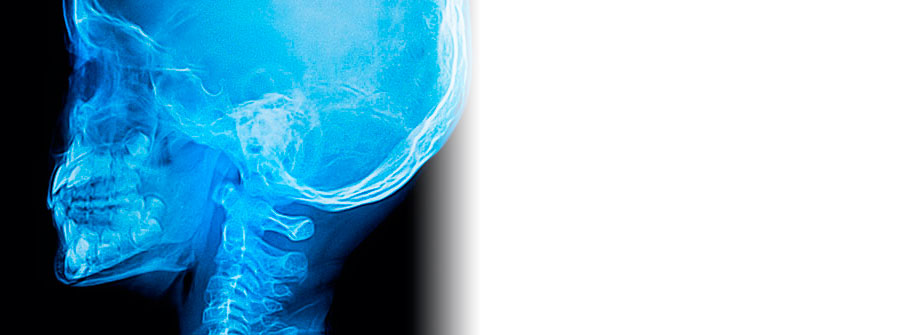TEMPOROMANDIBULAR DYSFUNCION

More than 30% of the population has it but the great majority do not know it. For some people this anatomical alteration doe not cause any discomfort. Nevertheless, in other cases, swallowing, eating and talking can become a real ordeal because of the pain it triggers.
The ATM is the most complex and used joint in the body, responsible for opening and closing the mouth. Thanks to it, the jaw is joined to the temporal bone of the skull, in front of the ear and on each side of the head. This joint is used in essential functions of the human being like chewing, speaking, swallowing and yawning.
The symptoms that cause this dysfunction go from a severe and chronic pain inside or in front of both ears that radiates to the head, face, dental pieces, jaw, mouth, throat, back of the head, neck, shoulder and arms. Also the patient can hear joint noises, such as, clicks and crackles as well as buzzes and beeps.
Likewise, the alteration of this joint can generate functional problems as well as joint, muscular, (not being able to chew, muscular contractions); occlusion (clenching or grinding the teeth) and otics (blocked up ears, vertigo and tinnitus).
Other problems are facial numbness, visual discomfort and non-trigeminal neuralgia.
When the ATM joint moves, all the muscles in the head and face contract to protect the joint, which causes an intense pain. This contraction of the muscles produces a continuous irritation of one or several of the branches of the trigeminal (a condition that produces the most intense pain, according to the pain scale of the OMS).
“In the ATM something similar occurs to the herniated disk in the back. People who suffer from a herniated disk of the back complain that they have pain in their leg because their vertebral disk has come out and is damaging the sciatic nerve. Their real injury is in one of the vertebrae of their back, but the pain radiates from the leg through the sciatic nerve. In the ATM the same thing happens, seeing as this joint is innervated by the auricular-temporal nerve, which is the third branch of the trigeminal. If the joint disk moves, in many cases it rubs against the trigeminal and because of this, neuropathic pain can be felt from the nerve. In that case, a defence contraction in the neck and face is produced.” explains Maria Huertas, president of the Association of Patients with Dysfunction of the Temporal-mandibular Joint and Neuralgia of the Trigeminal (AEPA ATM).
The incidence increases in time. 30% of visits that Maxillary-facial services receive are for this reason. ATM dysfunction can affect adults at any age, and there is more risk for patients who are subject to stress. But also it is diagnosed in people with bad occlusions that need dental treatment, have bad postural habits as well as those who clench their teeth to channel their emotions or while they sleep.
![]() Causes dysfunction of the ATM are:
Causes dysfunction of the ATM are:
- Bad position of the teeth.
- Movement of the articular disk because of injury.
- Bruxism or treatment of teeth, emotional tension and stress, prolonged muscular contractions because of bad positions, dental treatments.
- Emotional tension and stress.
- Prolonged muscular contractions because of bad positions
- Dental treatments, fillings, extractions, orthodontics, implants.
- Placements of caps.





